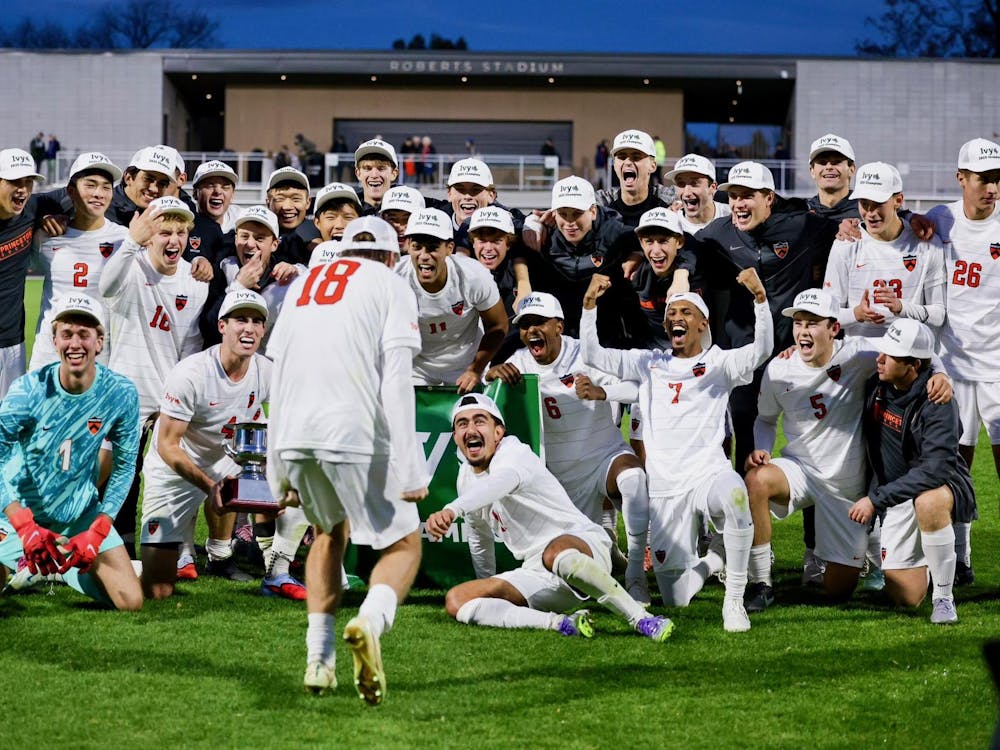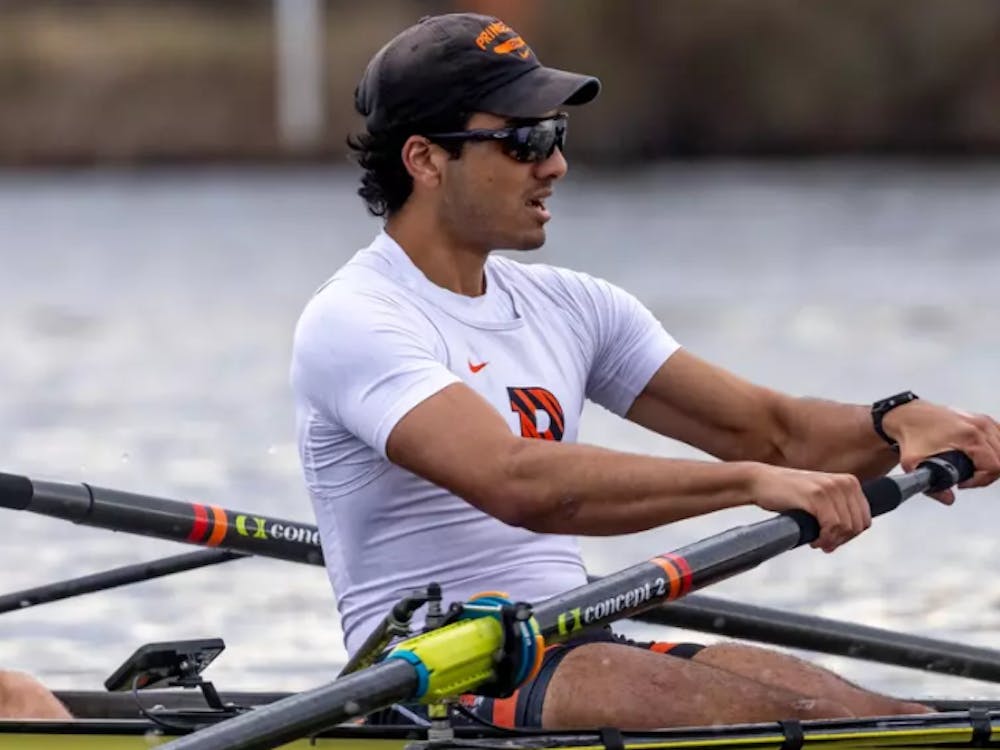Anyone following the campaign of former professional wrestler and Harvard defensive tackle Chris Nowinski understands the significance of these 12 former professional athletes’ announcement that they will be participating in a detailed study of the long-term impacts of concussions. The group should be lauded for helping to shed light on a subject about which very little is known definitively. Additionally, much of the information the general public knows is highly influenced by the NFL’s own study on the effects of brain trauma, which only takes into account reported concussions in current players.
It’s well known that hearing the words, “You won’t play [insert sport of choice here] competitively ever again” from a doctor is any serious athlete’s worst nightmare. It’s bad enough to be held out for a single game or suffer a season-ending injury while still knowing that you’ll get back on the field eventually. To imagine the rest of your life without your favorite pastime is often too devastating to contemplate.
As such, we often believe the worst thing that could happen to an athlete is blowing out a knee or suffering a spinal cord injury. A concussion, however, is an insidious injury that is far more common, and perhaps more dangerous to long-term health, yet we don’t often think about it.
A concussion, as an astounding number of high school football players don’t know, is defined as a traumatic brain injury that comes with some loss of brain function due to disrupted cellular processes in the brain. It can cause a variety of symptoms, ranging from the physical to the emotional. The most common misconception about concussions is that you have to be knocked unconscious to suffer one.
Another unfortunate truth is that, with the exception of severe traumas, the symptoms of a concussion will easily go unnoticed by a coaching staff, especially if a player subscribes to a popular philosophy like “no pain, no gain” or wants to “tough it out” and not “let down his teammates.” Perhaps worst of all, parents and coaches may unknowingly endanger their children and players by pushing athletes from a young age to be heroes and get back on the field, taking their cues from professional athletes
Let’s take football, the obvious choice of a sport rife with hard hits and potentially concussive blows. In a study by the Center for the Study of Retired Athletes with more than 2,500 former NFL players who boast an average of 6.6 years experience playing professional football participating, almost a quarter of them sustained three or more concussions during their time on the field. Those players were found to be almost three times more likely to develop some sort of memory problem than the general population.
Look at individual stories like Andre Waters’. The 44-year old former NFL defensive back committed suicide in November 2006. After his brain tissue was examined, it was determined that his brain more closely resembled an 80-year old Alzheimer’s patient’s than it did a middle-aged man’s, a factor that in all likelihood caused his depression and consequent suicide. The examiner who discovered this abnormality also determined that such extensive damage could only stem from repeated concussions.
But even as we begin to think about what each concussion might mean over the span of a lifetime, we shouldn’t forget about the pressing dangers of concussions in the short term. Consider the story of high school senior Will Benson, which also ends in tragedy. After taking what one might be tempted to euphemize as a “bell ringer” during the opening football game of the 2002 season, Benson admitted to suffering headaches and sat out the next game. But feeling the pressure as only a star player can, Benson returned to the gridiron prematurely. By halftime he was screaming in pain, and five days later he was declared brain dead.
Stories like Benson’s and Waters’ have become only more common, with more athletes and families coming forward about the lasting damage concussions can cause. It only makes clearer the pressing need for studies like the one in which these athletes are participating.








